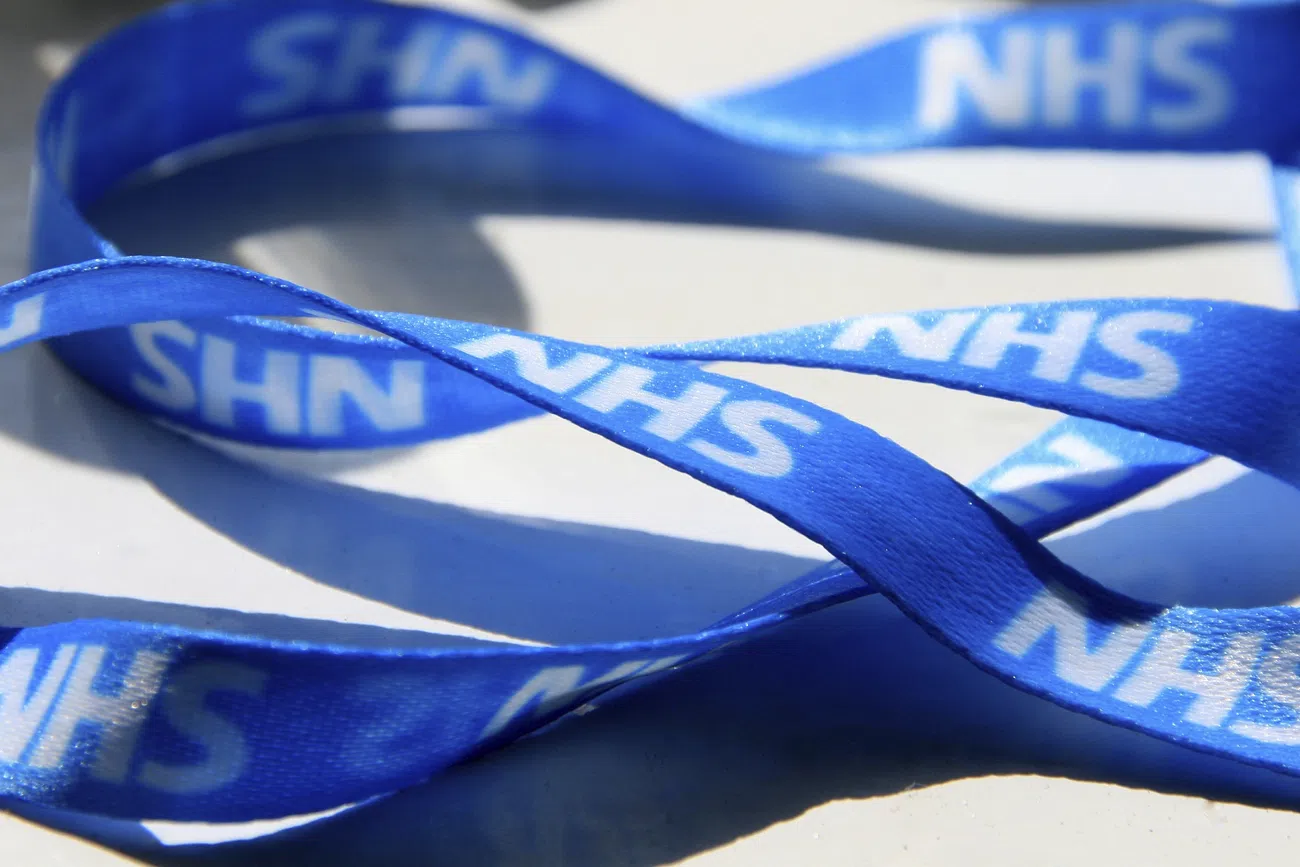Bridging the gap between healthcare innovation and implementation. Image credit: Rawpixel, CC0.
In 1946, as Britain began to recover from the impact of the Second World War, Clement Attlee’s new Labour Government passed the National Health Service (NHS) Act, and so set out its intentions to establish a publicly funded ‘comprehensive health service to secure the prevention, diagnosis, and treatment of illness’. Two years later, on 5 July 1948, the new NHS was established, designed to meet the needs of everyone, be free at the point of delivery, and based on clinical need rather than the ability to pay. 75 years later, the NHS is one of the most beloved and valuable institutions in the UK, having delivered significant improvements in both length and quality of life for the people of the UK. However, it is evident that in 2023, the NHS is struggling.
Never having had a chance to ‘pause and recover’ from either COVID-19 or the UK’s exit from the European Union, the NHS is now facing chronic staff shortages, record numbers of emergency attendances, hospital waiting lists of more than 1.3 million, and the highest-ever volume of GP appointments. These challenges are so significant, minor policy “tweaks” are unlikely to be sufficient. Instead, to deal with these mounting problems, NHS policymakers will have to try something else to change the NHS’s modus operandi (MO). The question is: how?
From NHS to NLHS
Datafication, increased interest in the use of AI, and the emergence of data-driven approaches to systems biology (the computational modelling of complex biological systems like human bodies) have combined to give policymakers the idea that the answer to changing the NHS’s MO might lie in its information flows. Specifically, this combination of developments has given rise to the concept of the learning healthcare system (LHS).
75 years later, the NHS is one of the most beloved and valuable institutions in the UK, having delivered significant improvements in both length and quality of life for the people of the UK.
The LHS concept centres on the importance of informational feedback loops where “real-world” data is recorded in clinic when a patient is “treated” or “diagnosed”. This data is used to train computational models that lead to new understandings of disease and its underlying causes (systems medicine). This new understanding is translated into tools used in the clinic to help clinicians advise patients on how to prevent disease. The outcomes of these preventive interventions are recorded and fed back both into new computational models and into the wider system for the development of, for example, new clinical guidelines. Via these feedback loops, the NHS can “learn” how to most efficiently produce the best outcomes and so become more efficient, more effective, and more sustainable, as well as more evidence-based, less wasteful, and less harmful.
Capitalising on these opportunities requires the implementation of translational tools that can bring together the three elements (data, AI, and systems biology) underpinning the hopes in the LHS concept. Specifically, turning the NHS into an LHS (or national learning healthcare system (NLHS)) requires the implementation of ‘Algorithmic Clinical Decision Support Software’ (ACDSS). ACDSS works by using algorithms, such as Neural Network or Decision Tree, housed within the backend (or knowledge engine) of a software application to ask and answer questions such as “if this patient’s physiological and medical conditions are similar to the majority of other patients with the same category of disease, then what will the most effective treatment be?” and pass this information back to individual clinicians and the wider system, so enabling the transition from NHS to NLHS.
Closing the implementation gap
ACDSS implementation clearly holds great promise for the NHS, but it has not yet made its way into clinical practice (at least not at scale). Implementation has been beset with multiple technical, ethical, regulatory, and cultural difficulties. For example, it has proven difficult to integrate AI into existing clinical systems; the law has struggled to keep pace with technological change—particularly with regards to liability and medical negligence; and it is unclear how patients feel about the use of AI in their care. Consequently, there is currently little to no evidence that ACDSS can improve clinical decision-making outside of “the lab”.
If the future of the NHS does lie in the LHS concept, then it is imperative that this gap is closed.
Seneviratne and colleagues refer to this gap between the ‘hype’ and ‘reality’ of ACDSS as the ‘implementation gap’. If the future of the NHS does lie in the LHS concept, then it is imperative that this gap is closed. This will require careful design. Key stakeholders from across the NHS must come together to identify the criteria for successful ACDSS implementation, paying particular attention to how the NHS can be turned into an NLHS without compromising on the core values that lie at its heart: collective provision, patient centricity, and high quality care free at the point of need.
Undoubtedly this is a significant challenge. Yet, it is not an insurmountable one, and it is essential if the future of the NHS as an LHS is to be secured in a way that is technically feasible, ethically justifiable, socially acceptable, and legally compliant.





